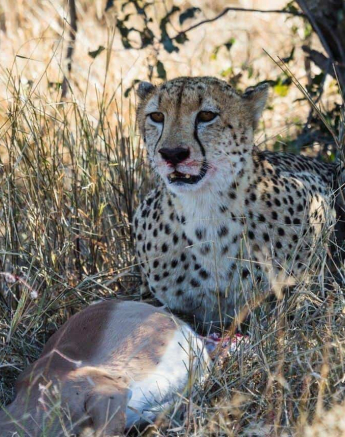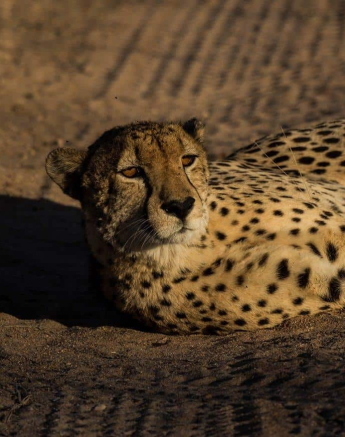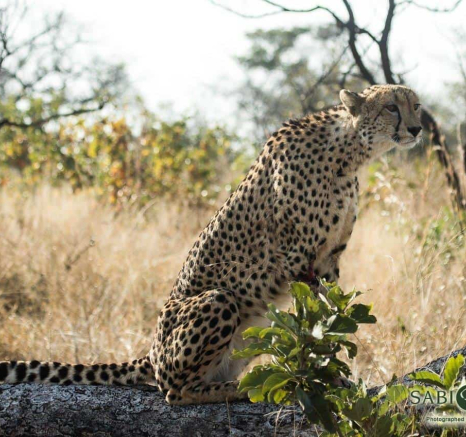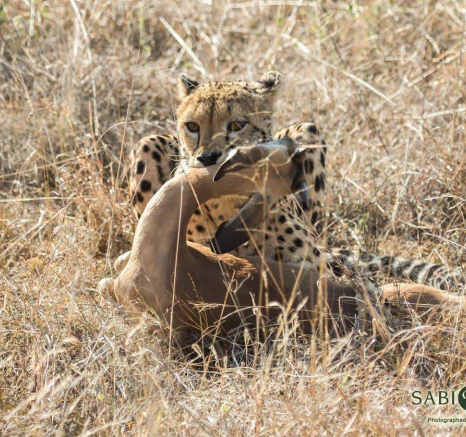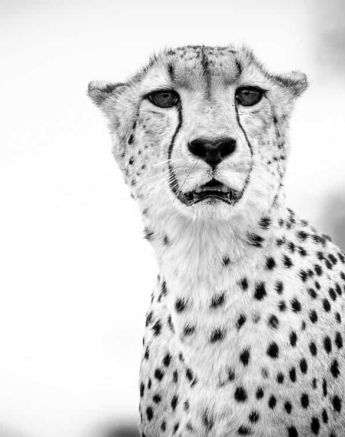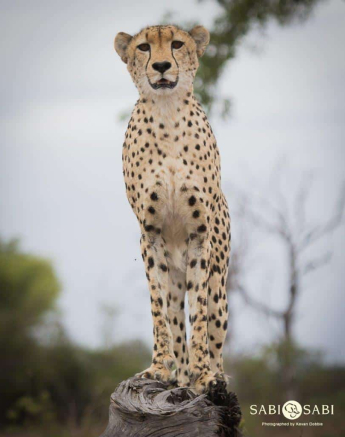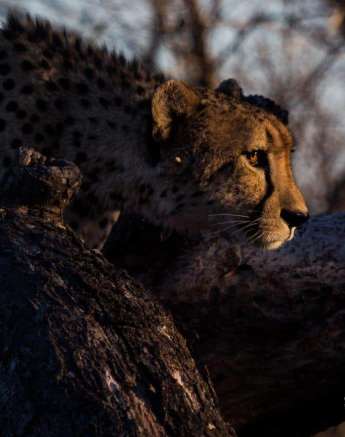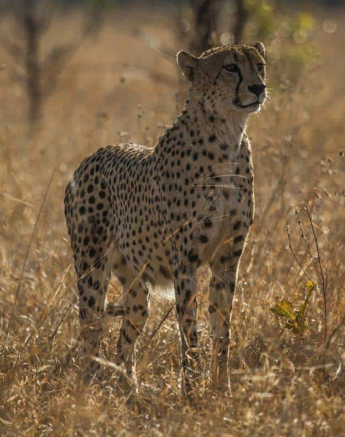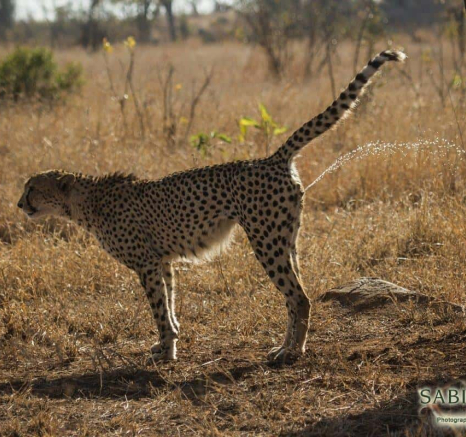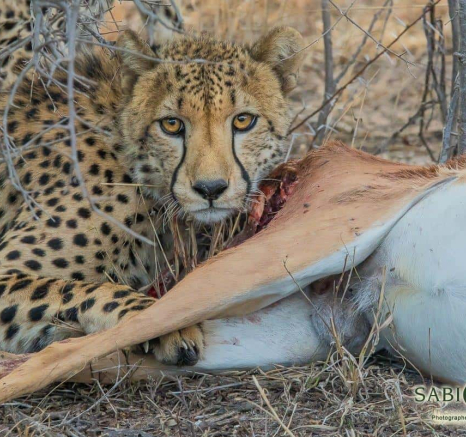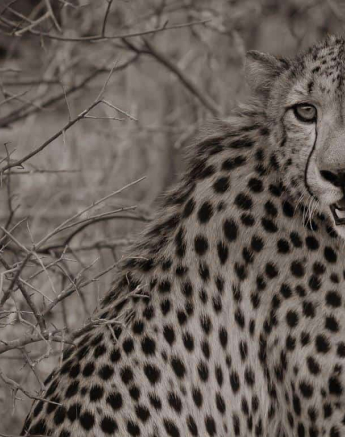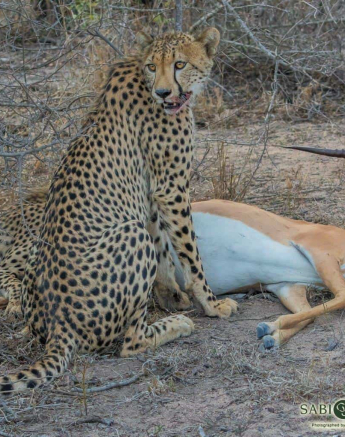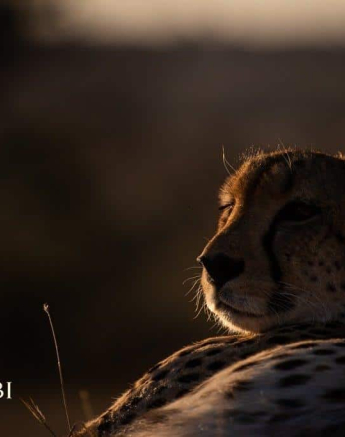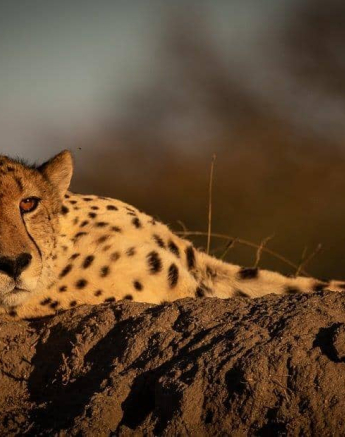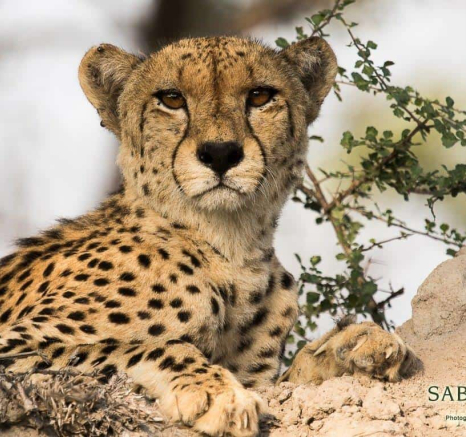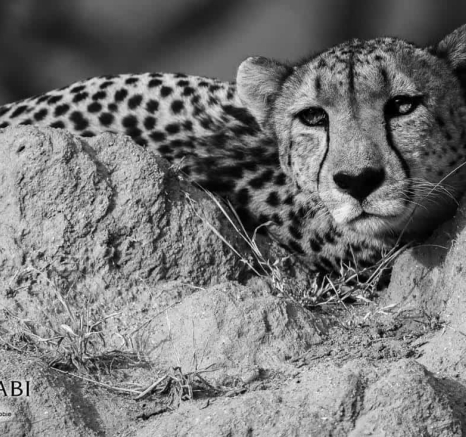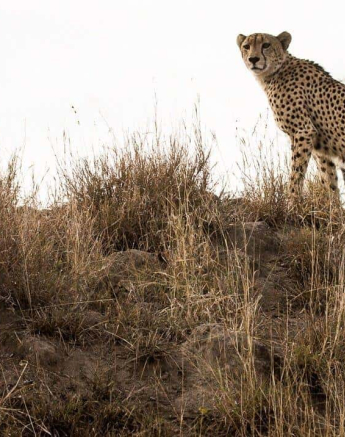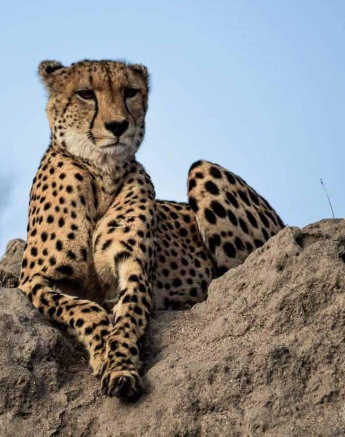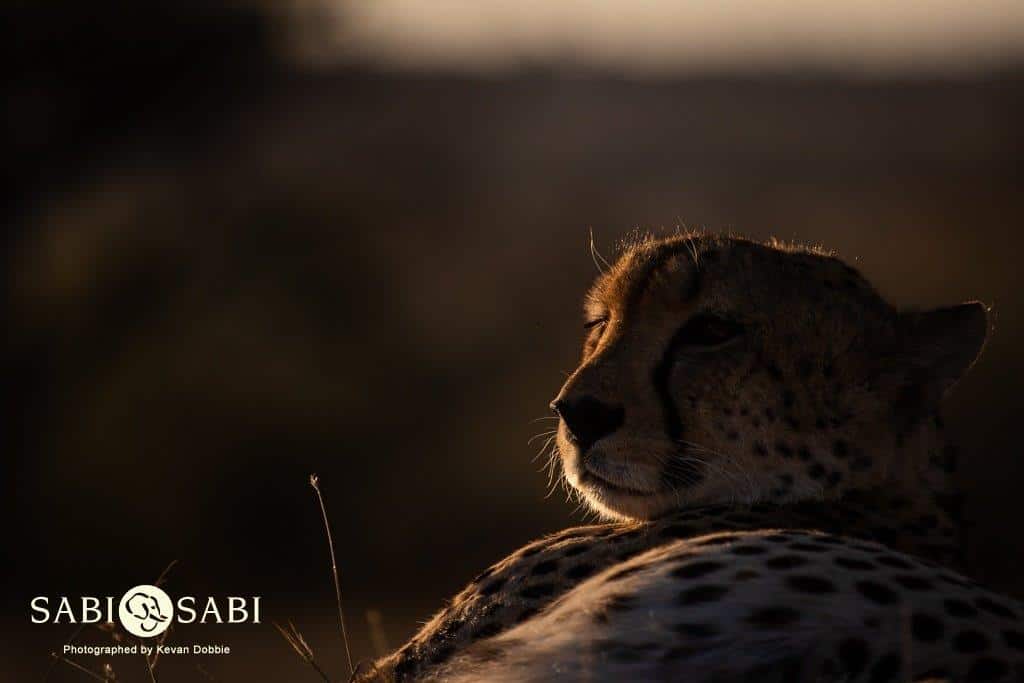Cheetah
on Jan 11, 2019Species name: Cheetah
Scientific Name: Acinonyx jubatus
Weight: Male: ±40 - 65kg - Female: ±36 - 48kg
Shoulder Height: Male: ±87cm - Female: ±86cm
General Habitat: Open Savanna/Veld sparsely covered with trees
Diet: Carnivorous
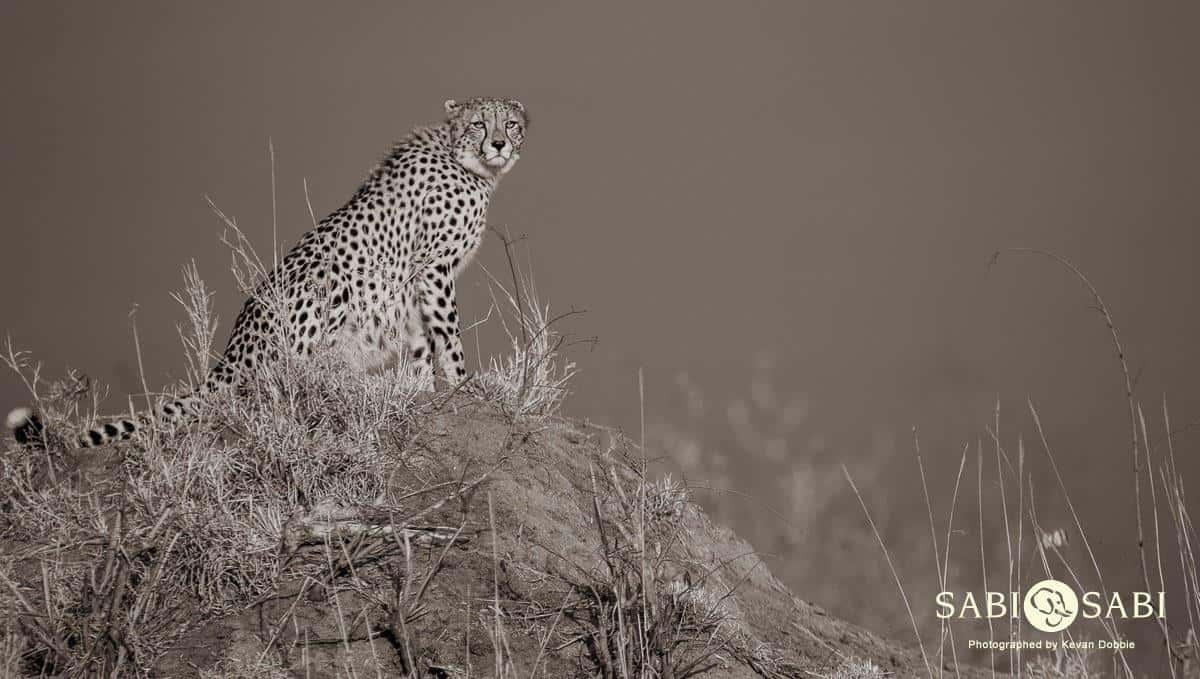
Sabi Sabi Private Game Reserve is home to many endangered species namely, the Cheetah and several others such as the African Wild Dog, Pangolin, White and Black Rhinoceros and numerous bird and flora species. Preserving these species in their natural habitat is vitally important for their population and without reserves like Sabi Sabi Private Game Reserve and others, these species would be on the brink of extinction. Their conservation status varies between vulnerable to critically endangered with the highest population being in Namibia and Botswana. A sad statistic is that there are less than one thousand Cheetah in South Africa, three hundred and fifty in National Parks and conservancies with the largest population being in captivity. The main reason for their threat, human encroachment.
Within the Sabi Sabi Private Game Reserve, Cheetah is one of the most difficult species to find. However, we are treated to some special sightings every now and then. Sightings are usually recorded during daylight hours as this is their active time making them diurnal species. Males are territorial and will scent mark and patrol relatively large areas (37 – 80km²) whereas females are not, but their scent is just as vitally important especially when coming into oestrus to attract a male.
Now Cheetah have one of the most interesting social structures, where males will be more social forming groupings called coalitions and females will be solitary. The only time females are not solitary is when they are raising cubs. A female will give birth to the largest litter out of all the predatory cats, on average between three to five cubs – possibly to compensate for the high mortality rate. During the time spent together, the female and her cubs will form a small family grouping until the cubs reach sexually maturity and become independent. A female cub as early as 22 – 24 months and a male between two to three years. After that, the female will become solitary again. The earliest a female Cheetah can raise a litter of cubs is between the ages of three to four. Cheetah have a gestation period of 90 – 95 days and there is no set season for going into oestrus - it can take place anytime through the year. Cubs are born with a different pattern to the mother, usually imitating the colouration of a Honey Badger as most predators will avoid Honey Badgers due to their aggression. Cubs will suckle from the mother for between two to four months and will feed on meat as early as four to six weeks.
Cheetah are extremely successful predators with a success rate of 50% and in antelope breeding seasons (November – February) 100% success. Their main diet consists of hooved mammals such as Impala, Springbok (Kalahari/Namibia/Botswana), Steenbok, Common Duiker, Scrub Hares and young/sub-adults of larger antelope such as Kudu, Waterbuck, Nyala and even Blue Wildebeest. The weight of their prey will seldomly exceed ±40kg, however, males forming coalitions are known to bring down larger prey. When hunting this prey, Cheetah have the most interesting hunting technique, as they are built for speed and not power. Firstly, the Cheetah will start with identifying potential prey, it will then start stalking, keeping a low profile and hidden within the grassy plains which its coat, baring solid black dots, assists with camouflage. The moment the prey looks up, it freezes and will move closer and closer until it charges, using speed (up to 110km/h – average 80 – 95km/h) to catch the prey by knocking it off balance using the front feet. Within a flash, the Cheetah will be suffocating its prey by closing the windpipe.
Cheetah have a light bone structure, elongated legs and an elongated tail along with a thin elongated upper body and smaller cranium to assist with this hunting technique using speed. They also have extended claws which are dog-like for traction while sprinting and changing angles. The distance of the chase varies is between 70 – 400m but usually a successful hunt will be concluded within 200m. The kill will almost be eaten immediately in the exact spot it is killed, unless dragged to a shaded area. Cubs will feed first before the mother and they usually start feeding from the softer tissue around the haunch and then feeding through to the internal organs. Kills are fed on relatively quickly as a large percentage of kills are stolen from other predators and scavengers such as Lions, Leopard, Hyena and even in some cases, African Wild Dog and Vulture species.
My Memorable Sighting
While guiding out of Bush Lodge one morning, my guests and I were in our Southern property and were interested in a male Cheetah that was seen the afternoon before, however, there were no signs of him that next morning. Around 09h00 we were on our way back to the lodge to return for breakfast when we suddenly spotted him lying up on a large termite mound. After viewing him for about 10 minutes, we noticed his behaviour change. He had spotted a herd of Impala slowly moving to a waterhole. We moved a distance away from him to give both predator and prey the best opportunity to escape and succeed. Suddenly he charged and brought down a two-year-old Impala ram 20m from our vehicle. We witnessed him suffocate and drag the carcass to a shaded area and he began feeding immediately. Due to an individual being caught within the grouping of Impala, they were still alarm calling which alerted another predator, a large mature male Leopard who charged in and chased the Cheetah off its kill and began dragging it approximately 700m to a nearby drainage line. All of this took place in under 45 minutes. A sighting I will never forget.
Photo & Video Content
